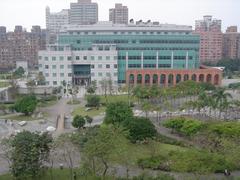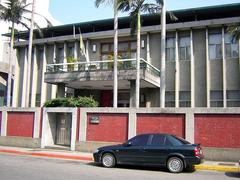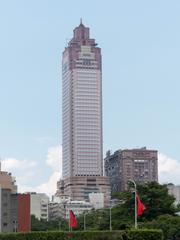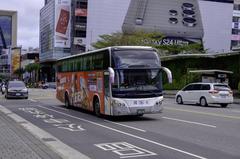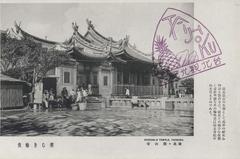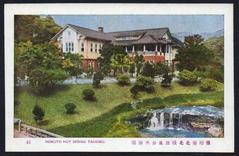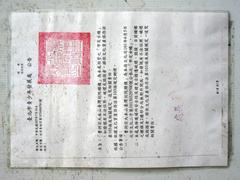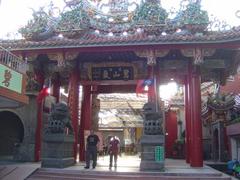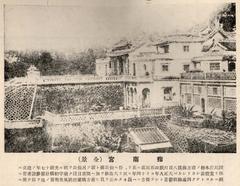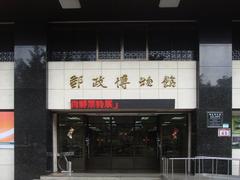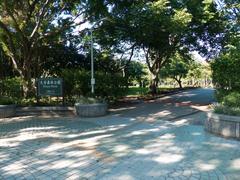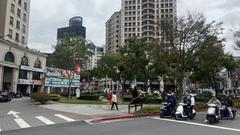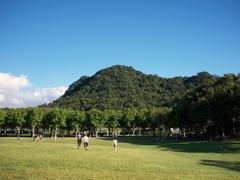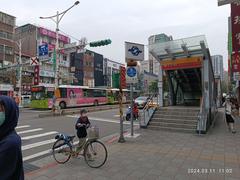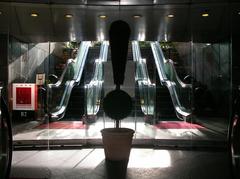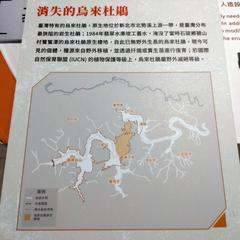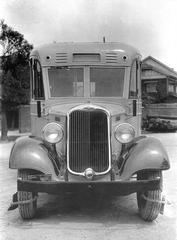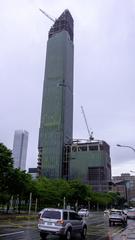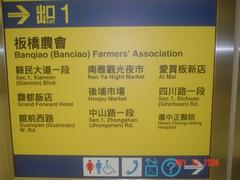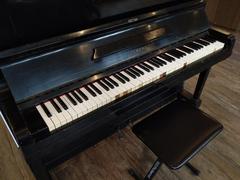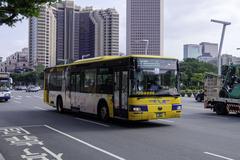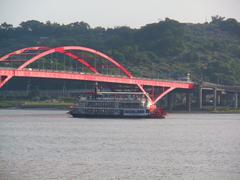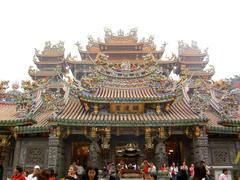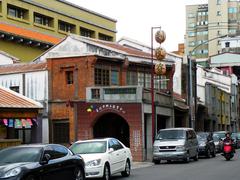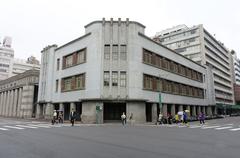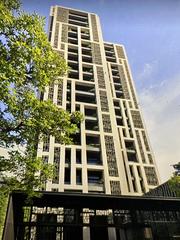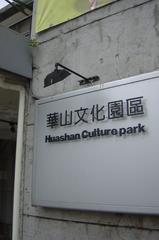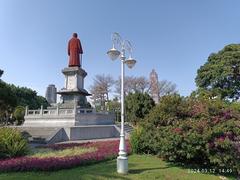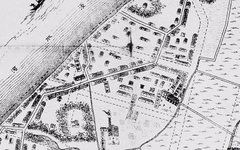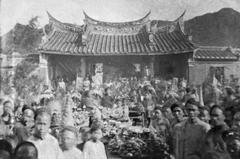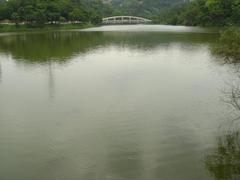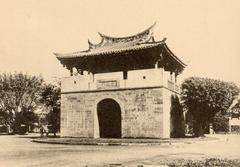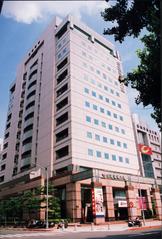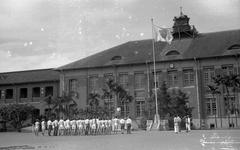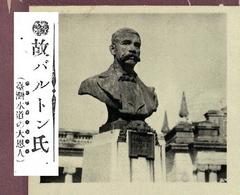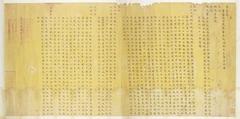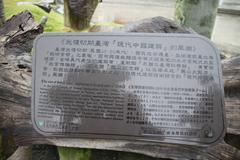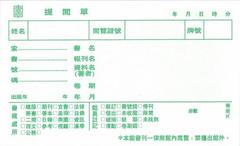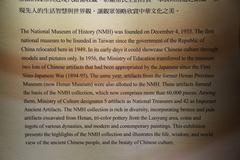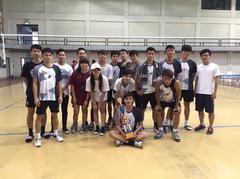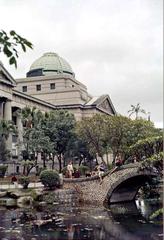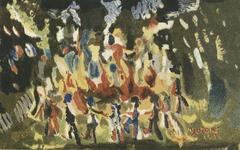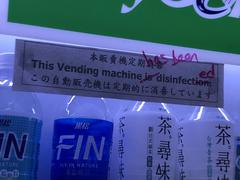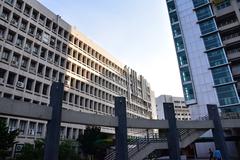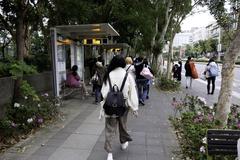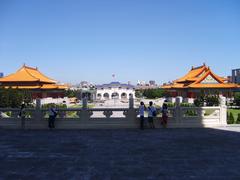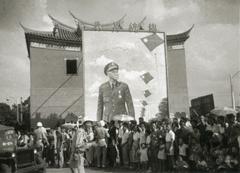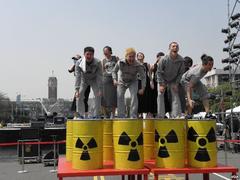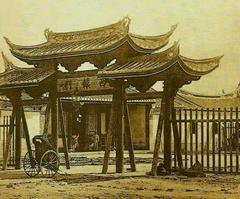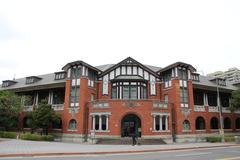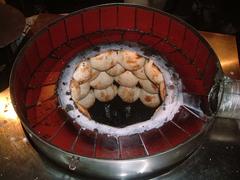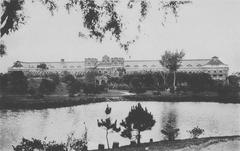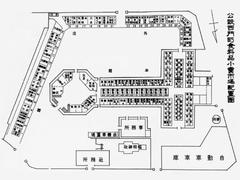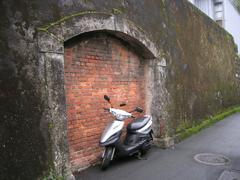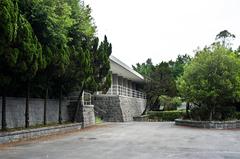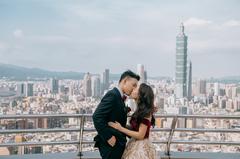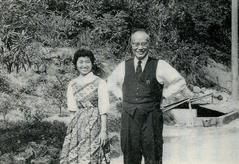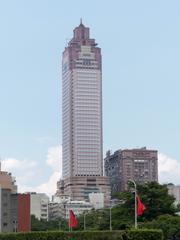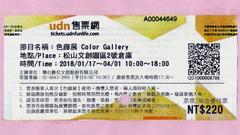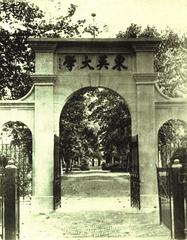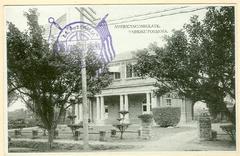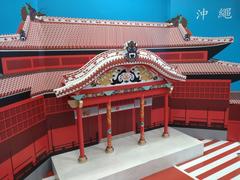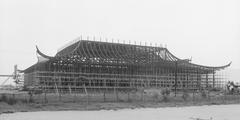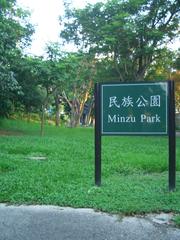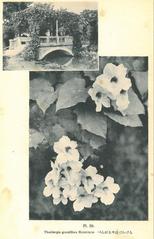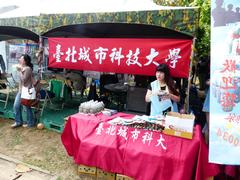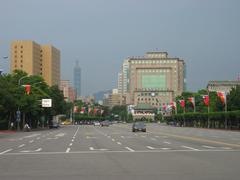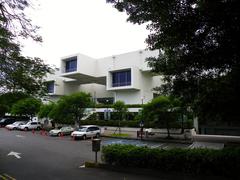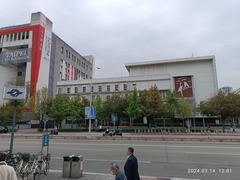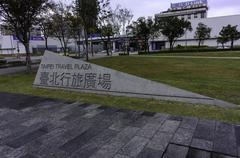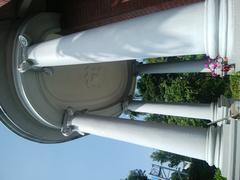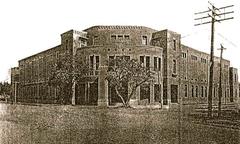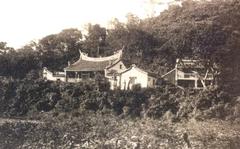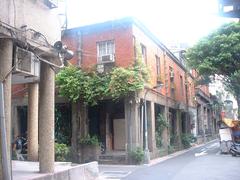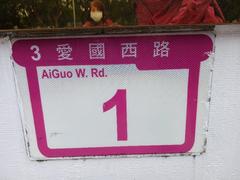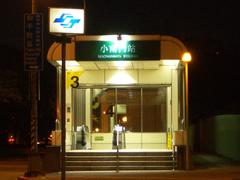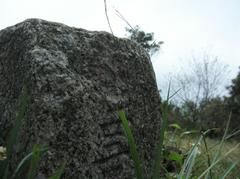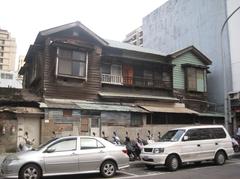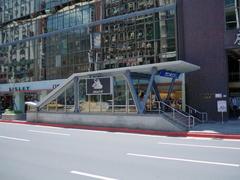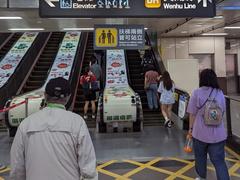Jenchi Hospital Taipei: Visiting Hours, Tickets, and Visitor Guide
Date: 04/07/2025
Overview: A Historic Medical and Cultural Landmark in Taipei
Located in the vibrant Wanhua District, Jenchi Hospital (仁濟醫院) is one of Taipei’s oldest and most distinguished healthcare institutions. Established in 1895 at the dawn of Japanese colonial rule, it pioneered the integration of Western medicine with traditional Chinese practices, playing a crucial role in the modernization of Taiwan’s healthcare landscape. Its iconic red brick façade and unique blend of Japanese colonial and early modern Taiwanese architectural styles have earned it the status of a municipal historic site.
Beyond its ongoing medical contributions, Jenchi Hospital stands as a living monument that reflects Taipei’s evolving urban environment and rich cultural heritage. The hospital is an essential destination for medical tourists, local residents, architecture enthusiasts, and history buffs alike. This guide provides all the information you need for your visit—covering hours, ticketing, tours, accessibility, and tips for exploring both the hospital and nearby historic attractions.
For more about Taipei’s medical tourism and architectural treasures, refer to resources like Taipei Medical Tourism and e-a-a.com.
Contents
- Introduction to Jenchi Hospital
- Historical Development & Architectural Heritage
- Visiting Information: Hours, Tickets, and Tours
- Medical Services and International Patient Support
- Role in Public Health and Community Welfare
- Cultural and Community Significance
- Nearby Attractions and How to Get There
- Accessibility and Visitor Tips
- Frequently Asked Questions (FAQ)
- Conclusion and Official Links
Historical Development & Architectural Heritage
Foundation and Growth
Jenchi Hospital was founded in 1895, marking Taipei’s early efforts to modernize healthcare during the Japanese colonial era. Initially focused on providing accessible, compassionate care to underserved populations, the hospital led the way in combining Western and traditional Chinese medical approaches.
Evolution Through the 20th Century
During Japanese rule (1895–1945), Jenchi Hospital was modernized with Western medical techniques and sanitation practices. It established specialized departments, advanced public health campaigns, and became central to vaccination drives and epidemic responses. After WWII, the hospital further expanded its services, collaborating with universities and embracing new medical technologies, solidifying its reputation for medical excellence and community engagement.
Architectural Heritage
The hospital’s main building is a celebrated architectural landmark, blending Japanese colonial features—like minimalist red brickwork and symmetrical layouts—with early modern Taiwanese and Western influences. Restoration efforts have preserved historic wards and courtyards, integrating modern facilities while maintaining the building’s original charm. The site is a key stop for anyone interested in Taipei’s architectural evolution (e-a-a.com).
Visiting Jenchi Hospital: Hours, Tickets & Tours
- Visiting Hours:
- Historic sections and exhibitions: 9:00 AM to 5:00 PM, Tuesday–Sunday.
- Closed Mondays and public holidays.
- Admission/Tickets:
- General admission to the historic building and exhibitions: Free.
- Some special exhibitions or guided tours may require advance booking and a nominal fee.
- Guided Tours:
- Offered Saturdays at 10:00 AM and 2:00 PM.
- Advance reservations recommended via the official website.
- Photography:
- Permitted in designated public areas.
- Not allowed in active medical zones; seek staff approval for exhibition photography.
- Accessibility:
- Ramps, elevators, and accessible restrooms are available.
- Assistance can be provided on request.
Medical Services and Support for International Visitors
Jenchi Hospital provides comprehensive medical services, including emergency care, maternal and child health, mental health programs, geriatric care, and preventive screenings. It is part of Taipei’s integrated public health system and is equipped to serve both local residents and international patients (Taipei City Department of Health).
- Appointment Booking: Online or by phone. Early booking is advised for specialist care.
- Language Support: English-speaking staff and bilingual signage are available.
- International Patients: Multilingual services and patient-centered care ensure a welcoming environment for overseas visitors (Taipei Medical Tourism).
Role in Public Health and Social Welfare
Jenchi Hospital has been a cornerstone of community health, leading initiatives in epidemic response, chronic disease prevention, and mental health support. It provides free or subsidized care to vulnerable populations, and actively collaborates with local agencies to address the needs of Wanhua’s diverse residents.
Cultural and Community Significance
More than a medical facility, Jenchi Hospital is a cultural icon. Traditional motifs in its architecture symbolize health and longevity, and its public spaces host health fairs, charity events, and cultural festivals. Art installations and community programming contribute to a welcoming, healing environment.
Nearby Attractions and How to Get There
Key Nearby Sites
- Longshan Temple: Historic Buddhist temple, a few minutes’ walk away.
- Dihua Street: Traditional market and heritage street, offering a glimpse into old Taipei.
- Bopiliao Historical Block: Preserved Qing Dynasty architecture and cultural exhibits.
- Huaxi Street Night Market: Famous for street food and local crafts.
- National Taiwan Museum & 2/28 Peace Park: Accessible by MRT, offering cultural and historical insights.
Getting There
- By MRT: Short walk from Longshan Temple Station (Blue Line).
- By Bus: Served by multiple city bus lines (Taipei Fine Arts Museum Directory).
- By Taxi/Rideshare: Easily accessible citywide.
Accessibility and Visitor Tips
- Wheelchair Access: Full barrier-free access, including ramps and elevators.
- Language: Mandarin is primary, but English assistance is available at key points.
- Payments: Hospital accepts cash and credit cards; international patients should confirm insurance coverage.
- Etiquette: Masks are commonly worn. Maintain quiet, respect privacy, and avoid unauthorized photography.
- Travel: Use an EasyCard for public transport. MRT is the fastest way to navigate Taipei.
Frequently Asked Questions (FAQ)
Q: Are there entrance fees to visit Jenchi Hospital’s historic areas?
A: No, general admission is free; some guided tours may have a nominal fee.
Q: Can I join a guided tour without booking?
A: Walk-ins allowed if space is available, but advance booking is recommended.
Q: Is Jenchi Hospital accessible for visitors with disabilities?
A: Yes, with ramps, elevators, and accessible restrooms provided.
Q: Are English-speaking staff available?
A: Yes, especially at the information desk and for international patient services.
Q: What are the best nearby attractions after Jenchi Hospital?
A: Longshan Temple, Dihua Street, Bopiliao Historical Block, and National Taiwan Museum.
Conclusion
Jenchi Hospital is not only a leading medical institution but also a remarkable testament to Taipei’s historical and cultural journey. Its blend of innovative healthcare, compassionate community service, and architectural beauty makes it a must-visit site for anyone exploring Taipei. With free access to historic areas and easy connections to nearby attractions, your visit promises both education and enrichment.
Sources and Official Links
- Taipei Fine Arts Museum Directory
- e-a-a.com – Best Architectural Buildings in Taipei
- Taipei City Department of Health
- Taipei Medical Tourism
